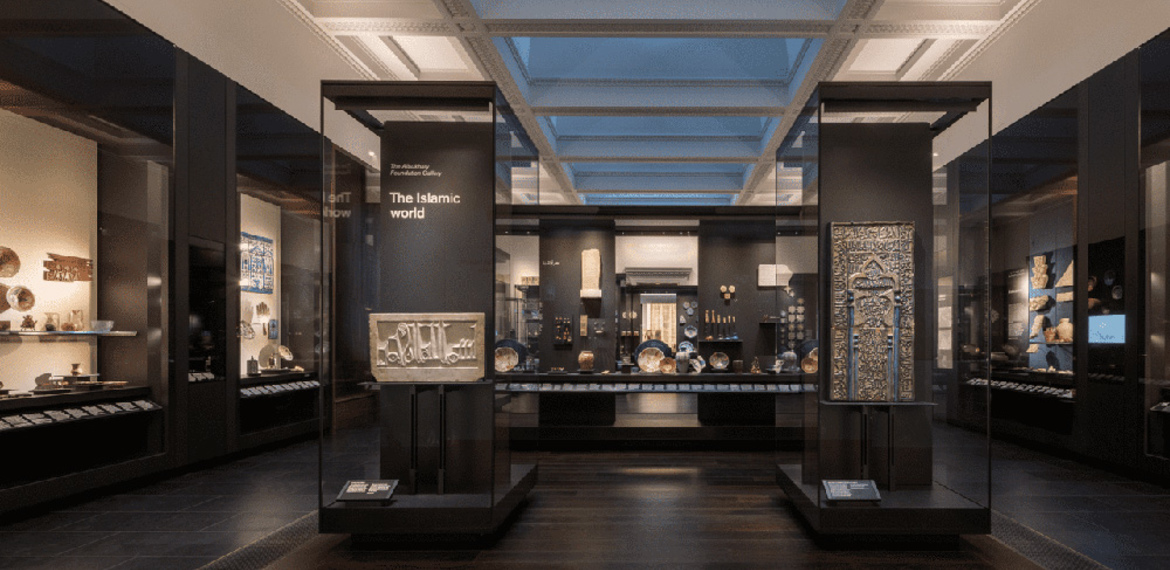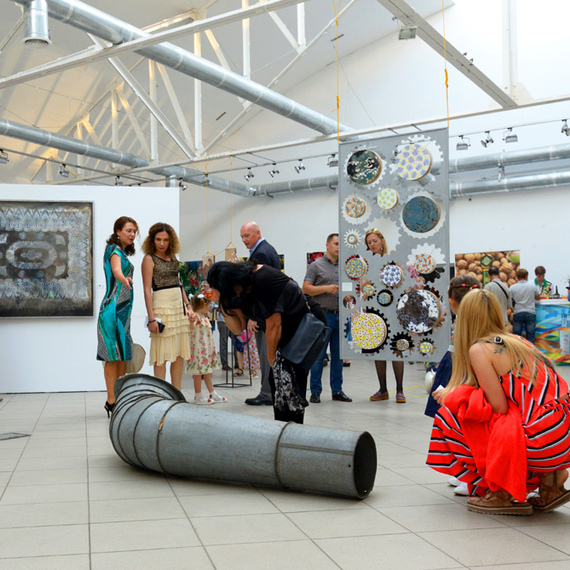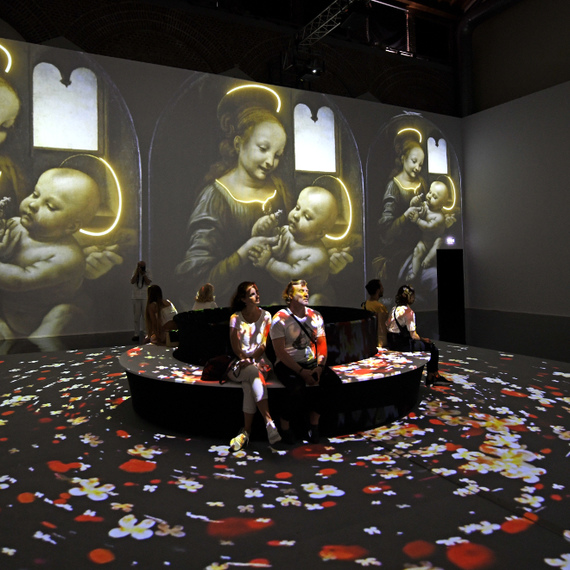The modern approach to exhibition business, implies keeping a balance between the viewer's interests and the possibility of presenting information.
Factors influencing the success of an interactive exhibition are:
- Creative Idea
- Availability of specialists able to implement it
- Budget and time for implementation
It is desirable that the multimedia installation engages the viewer and carries an educational load, in any accessible form (playful, visual).
If the exhibition involves a group visit, it is advisable to place the content in such a way that no one in the group is left outside the viewing angle. The use of large screens and a convenient arrangement of monitors will help.
In order for visitors to get the most out of their visit to the exhibition, it is necessary to create a script for viewing the exposition.
Program time for each site inspection in advance, and provide an opportunity to obtain additional information on each site.
For example, to create applications in which the viewer can become acquainted with the exhibit he or she is interested in.
In other words, multimedia engages the visitor in active interaction and communication.


